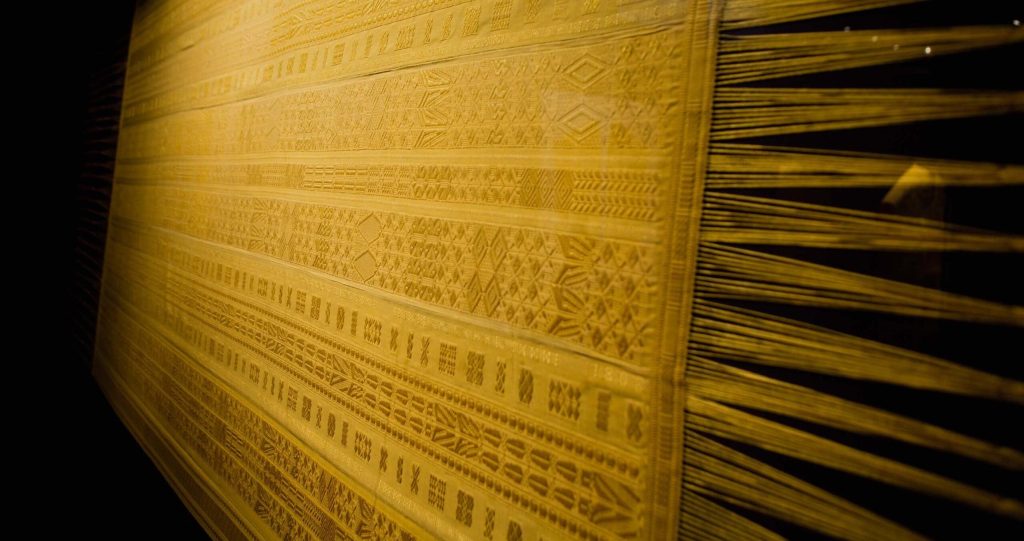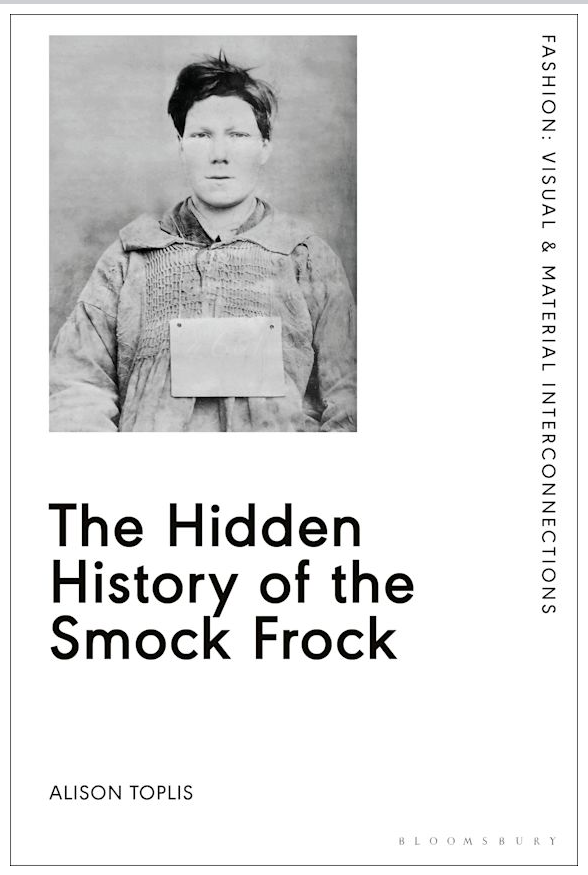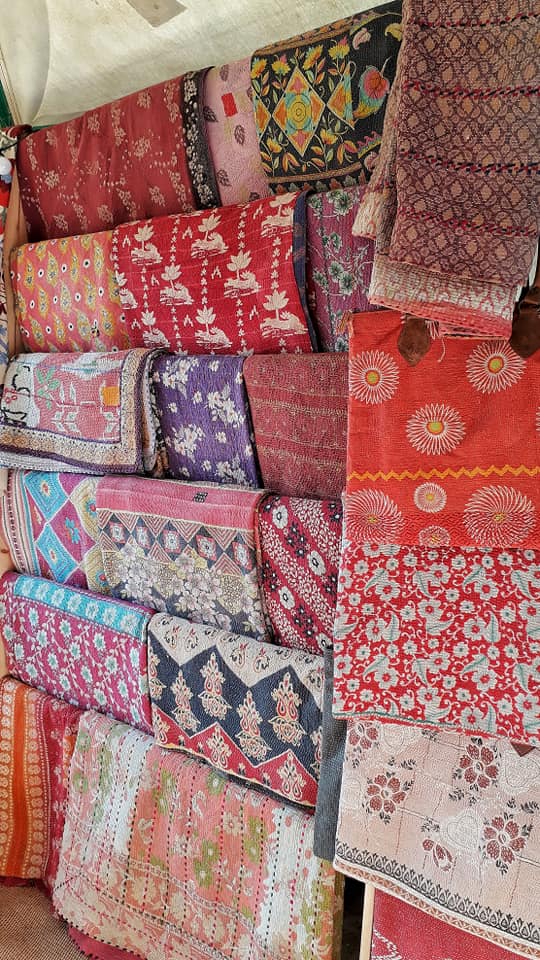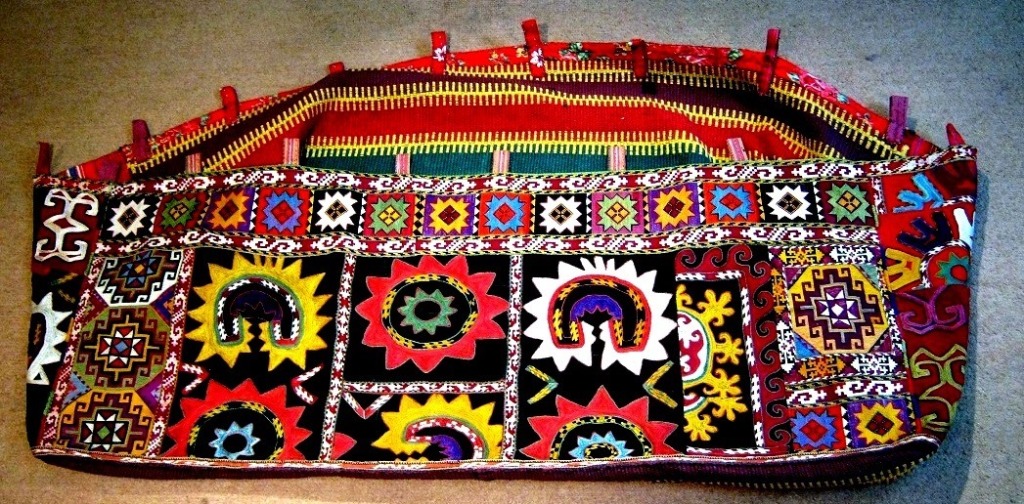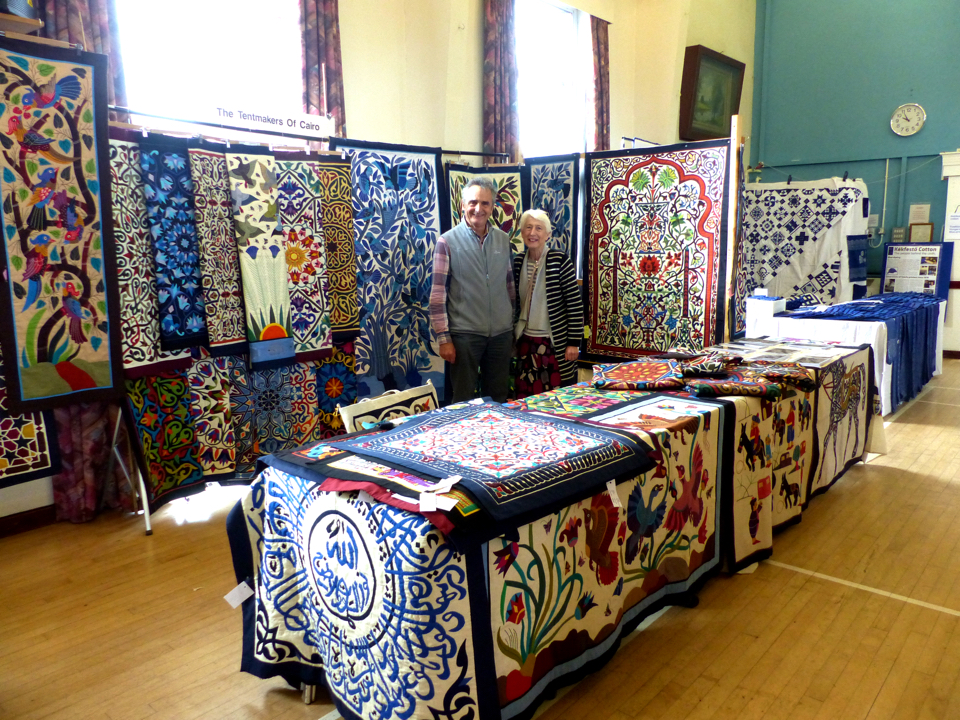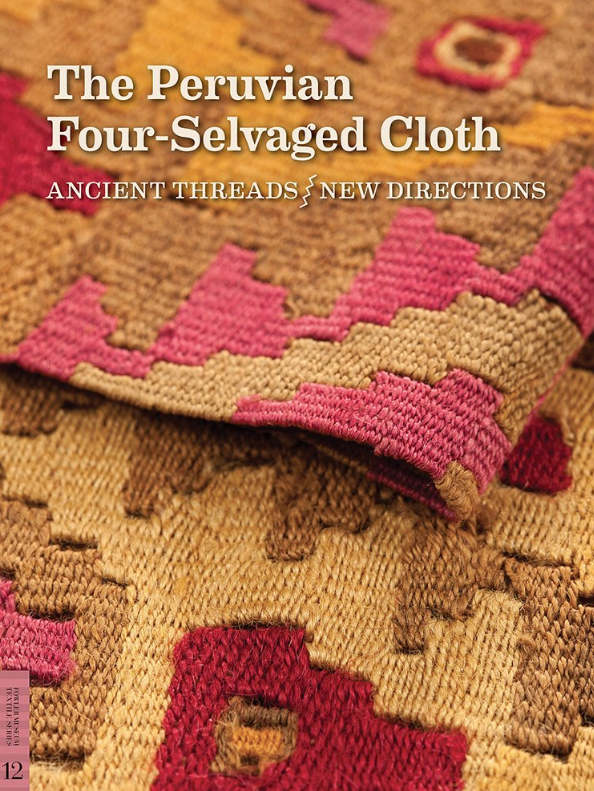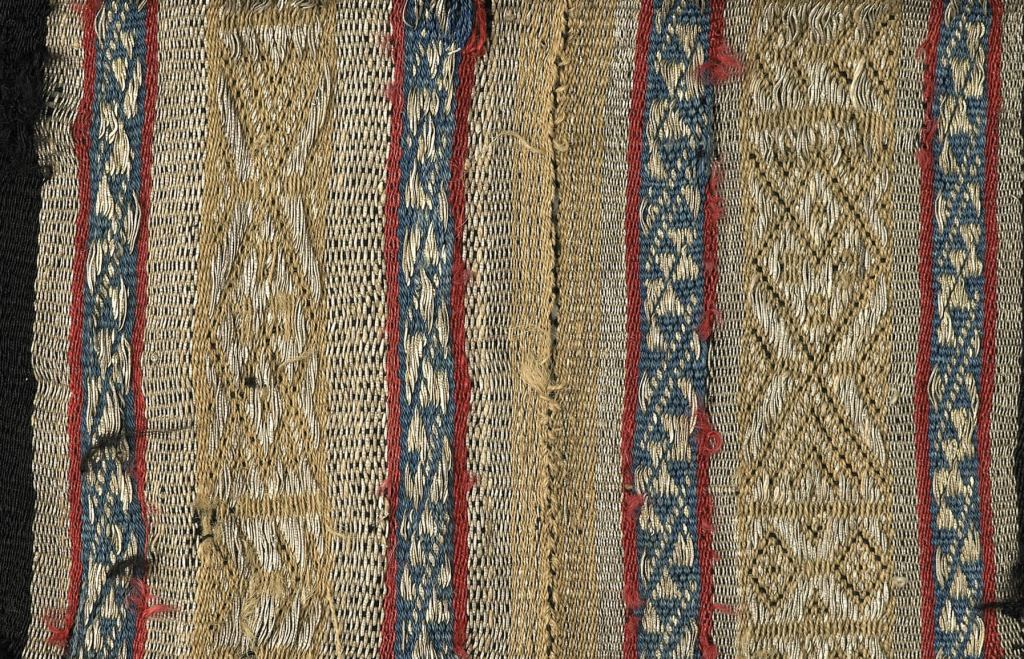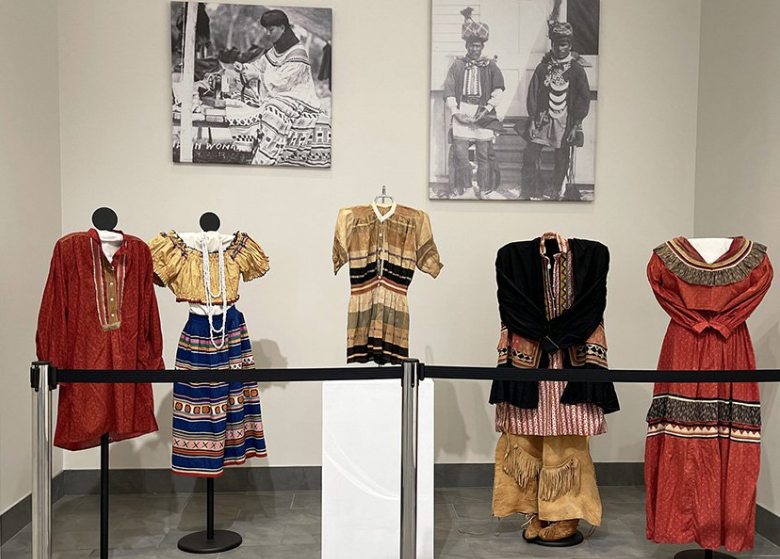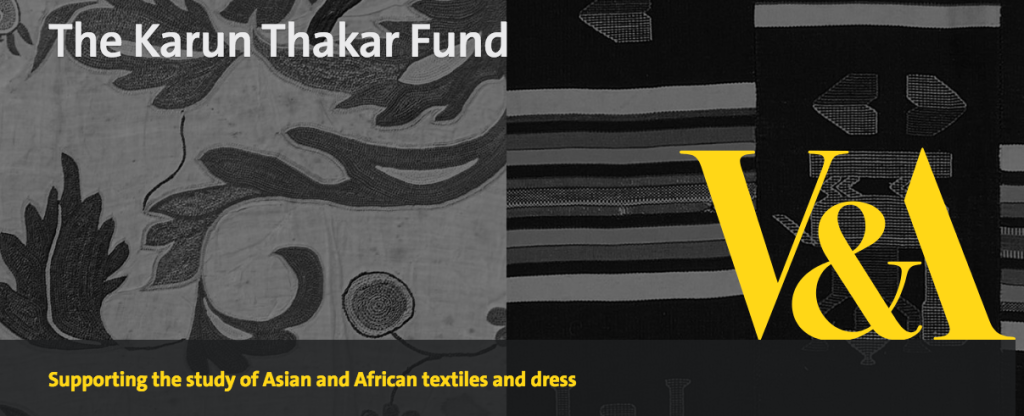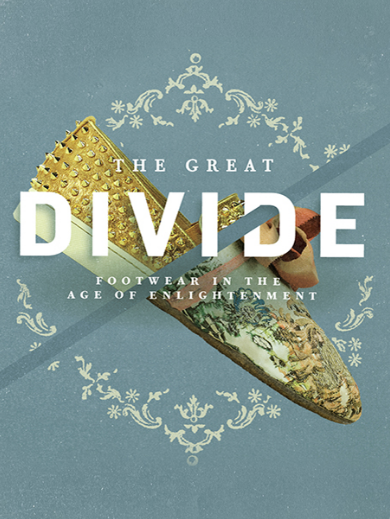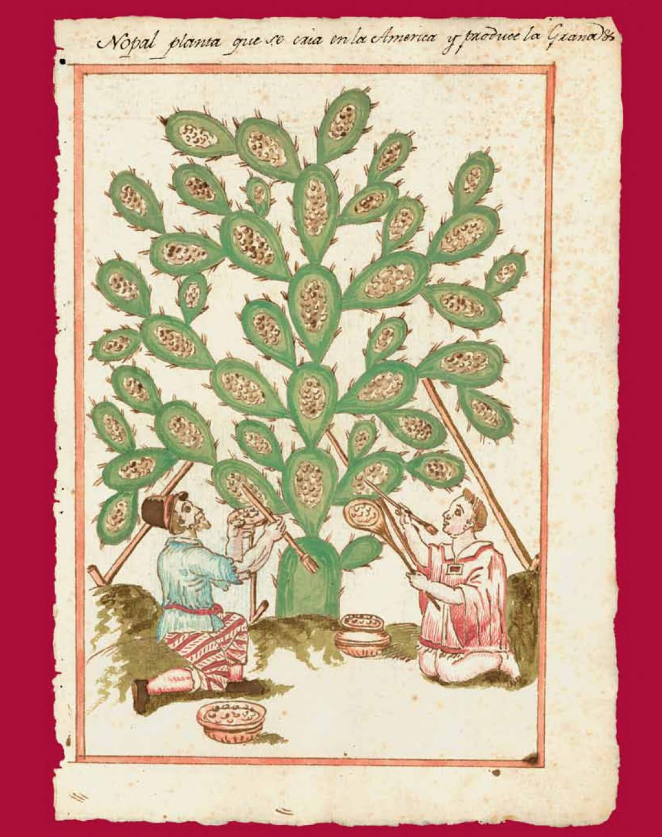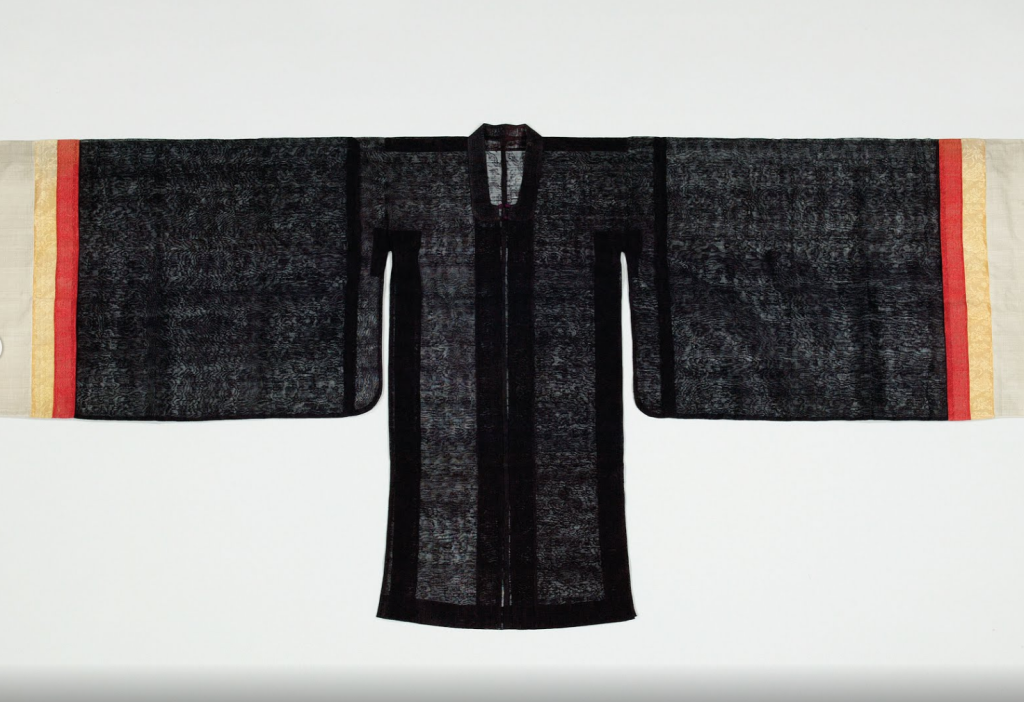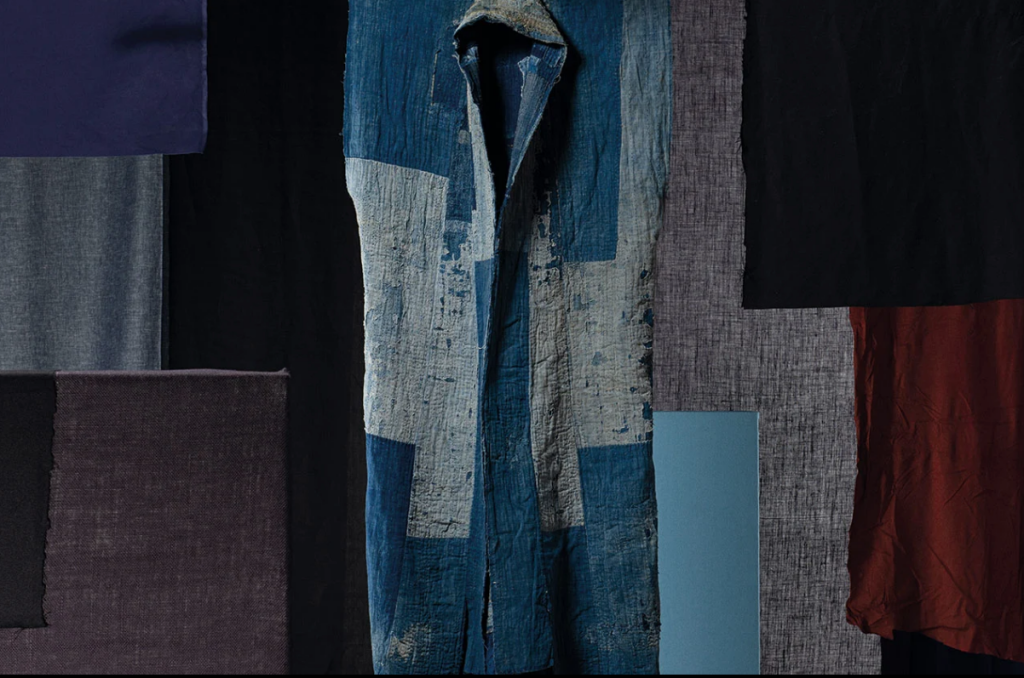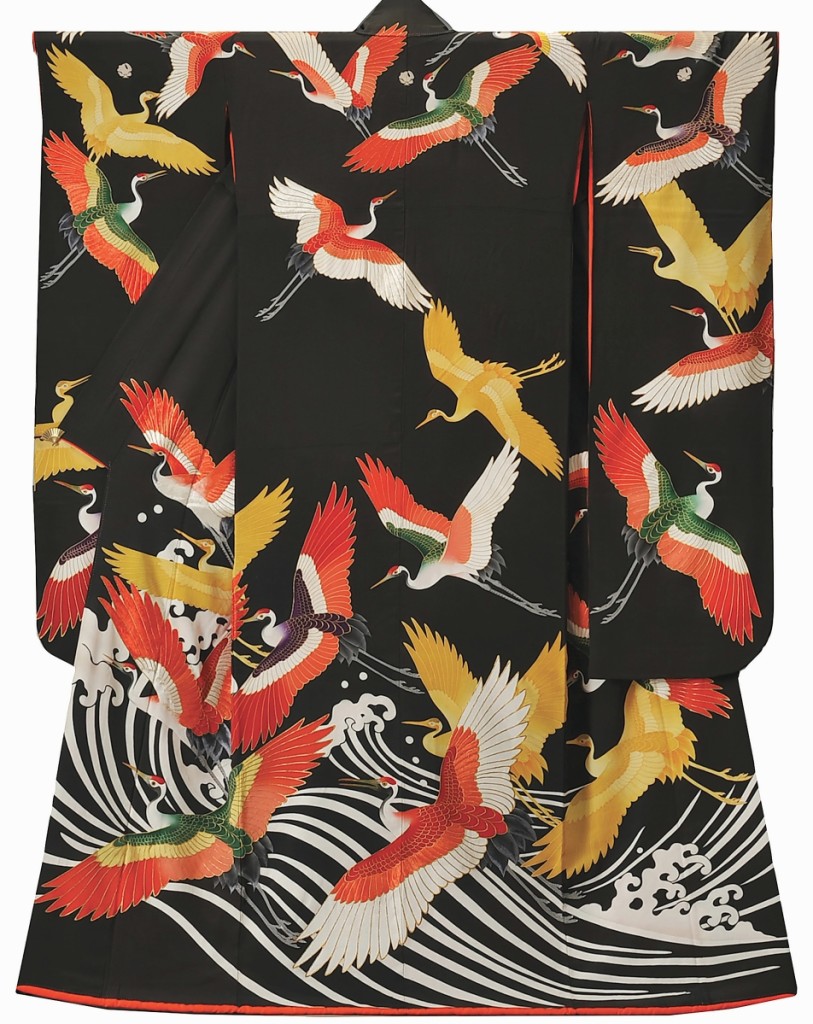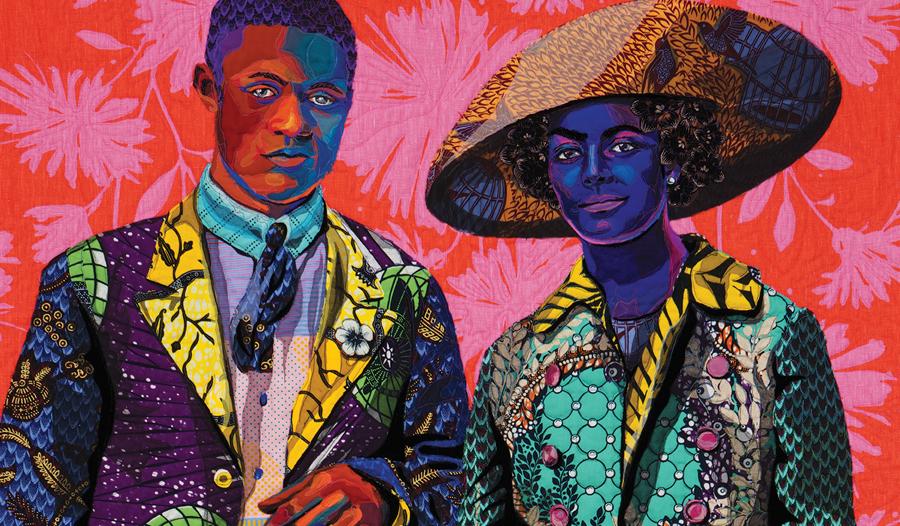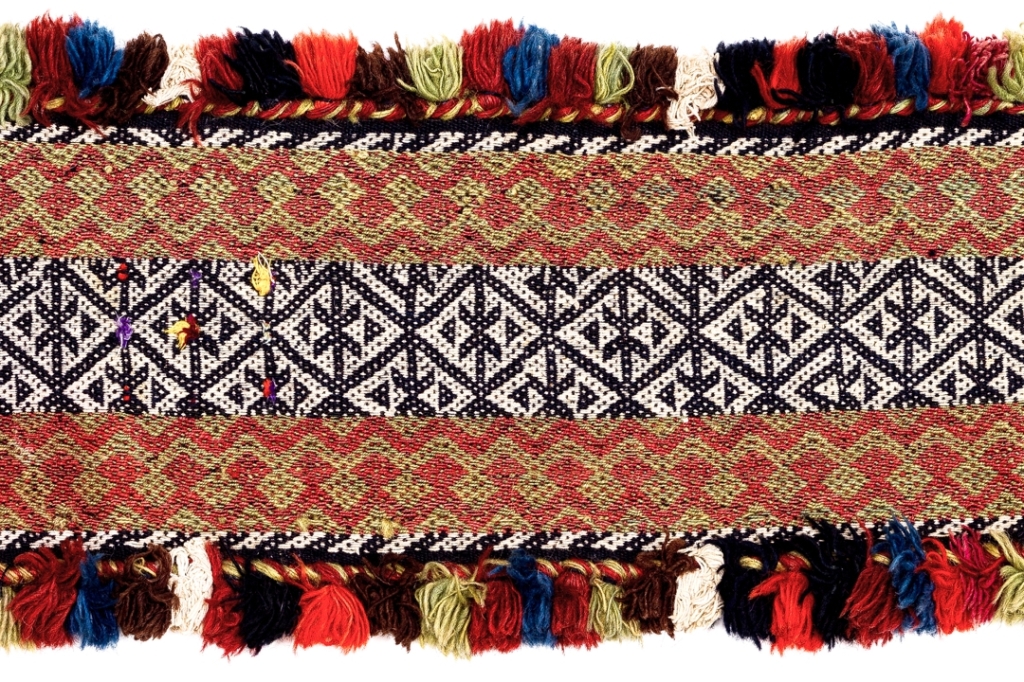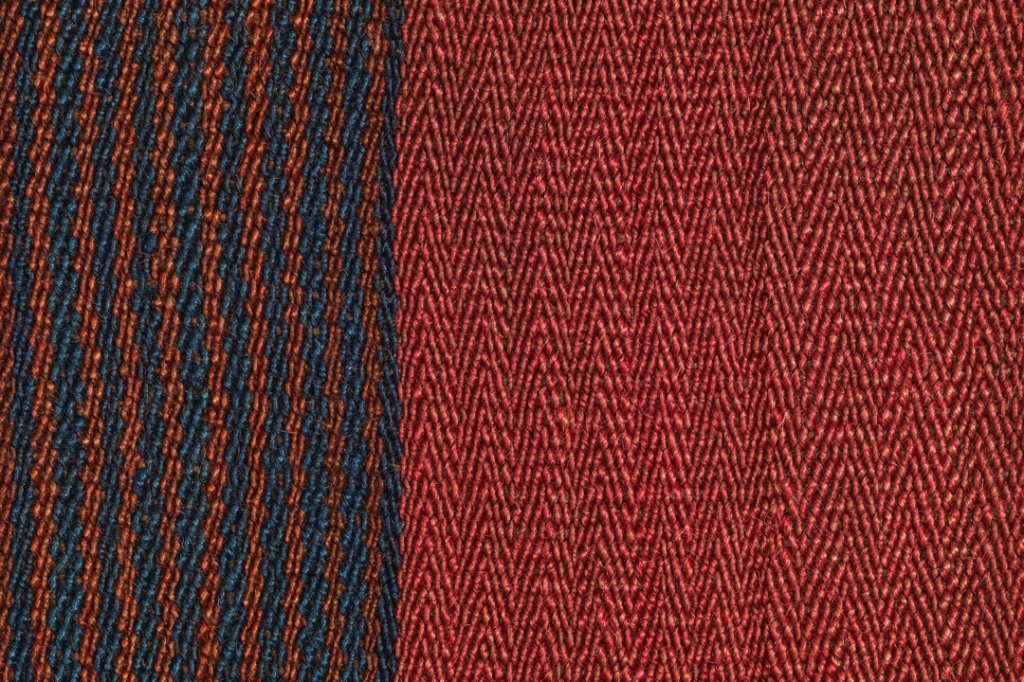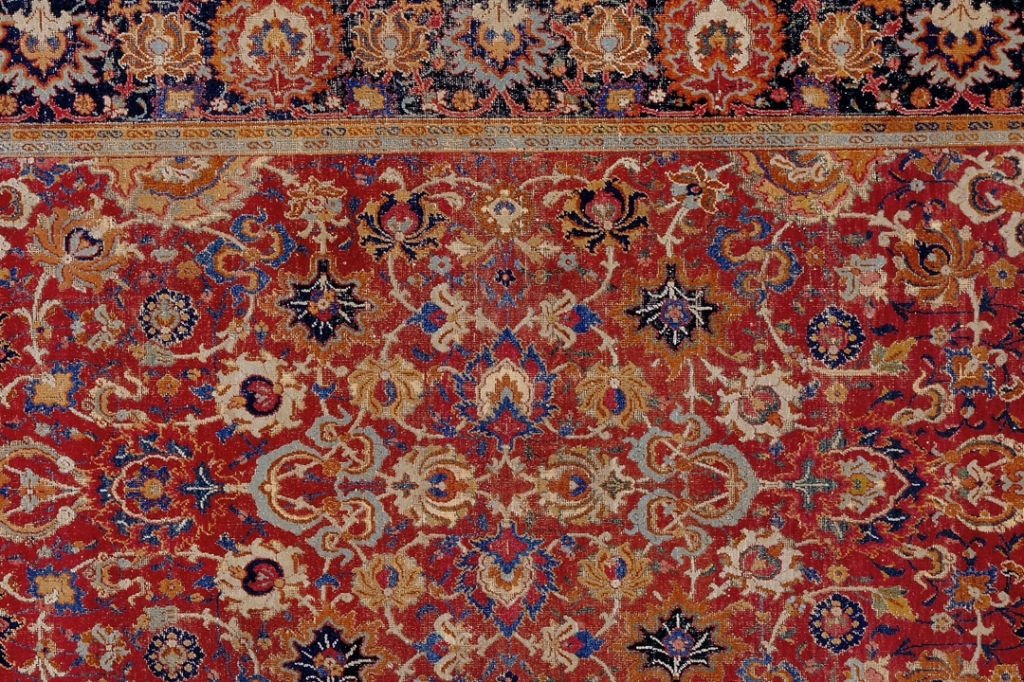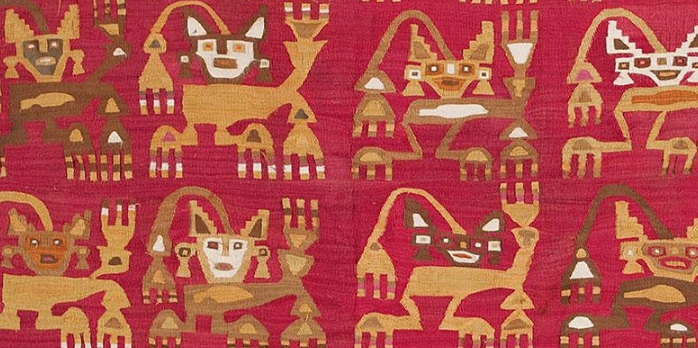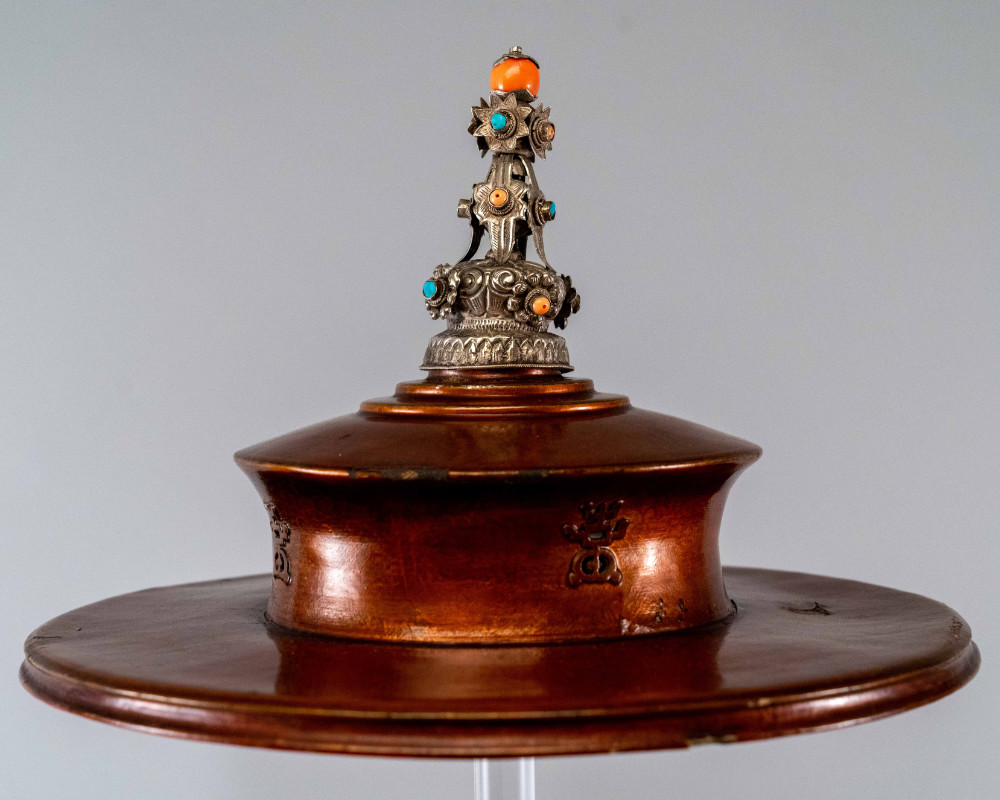
Some OATG members have certainly had a busy summer! Speakers in this video of an event hosted by the Asian Art Museum, San Francisco, include our founder Ruth Barnes (now at Yale University Art Gallery) and Sandra Sardjono of Tracing Patterns Foundation. They talk about textiles from Indonesia and the Philippines, but the themes they cover are relevant to many more areas.
“Colonialism, changing customs, war, and contemporary collecting practices have all impacted the use and meaning of textiles in Southeast Asia. In this online Re-History Series discussion, a panel of experts explores themes of loss, destruction, and conservation during colonial periods as well as the present day. They will discuss efforts to center the makers’ voices and recover from losses through research, conservation, and collaboration.” – Museum website
Sandra, along with her husband Chris Buckley, has been working on some exciting projects within the Tracing Patterns Foundation and I hope to share more on that work in the near future.
******************************
Our Membership Secretary, David Richardson, is another OATG member who has been busy researching and writing – this time for an article which has just been published in Textiles Asia. The beautifully illustrated article discusses a collection of heirloom textiles from the Indonesian island of Solor, thus linking nicely to one of the subjects talked about by Ruth Barnes in the video above.
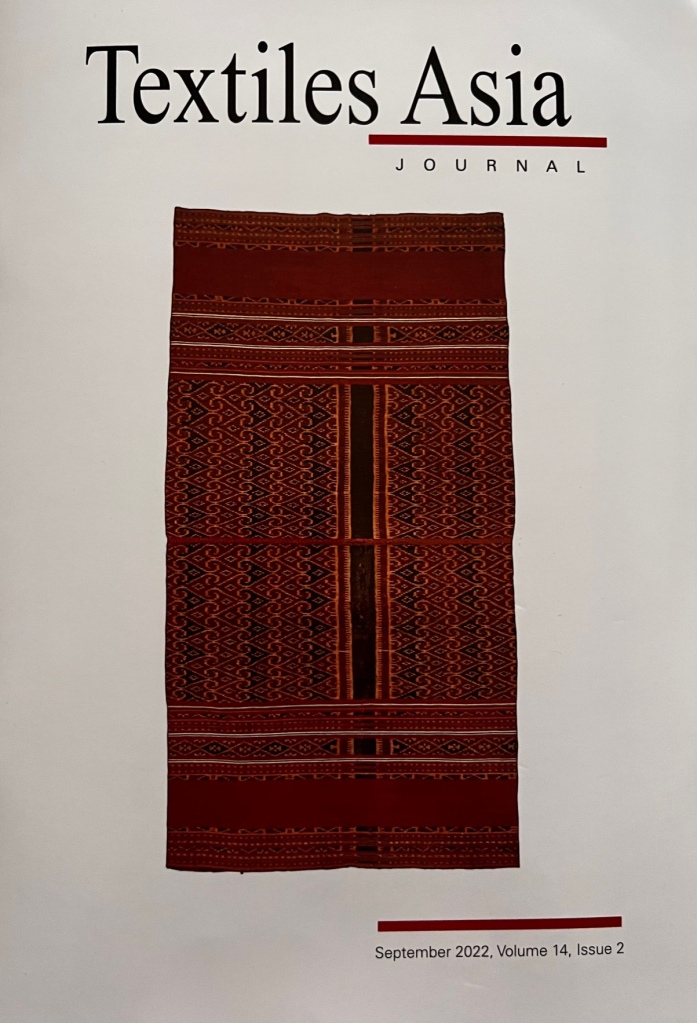
******************************
A new exhibition opened last week at the Deutsches Textilmuseum (DTM) in Krefeld. Peru – ein Katzensprung (stone’s throw) celebrates the museum’s important collection of pre-Columbian textiles and runs until 23 April 2023. This is the first major exhibition of Peruvian textiles at the museum since 1959. An impressive 292 textiles are on display – the vast majority of which are from the DTM collection.
In the past pre-Columbian textiles were not bought for the collection from a cultural-historical point of view, but instead because of their motifs and the variety of techniques used. This is discussed in an interesting illustrated paper by Katalin Nagy for the Pre-Columbian Textiles Conference held in 2019. Click here to read The pre-Columbian textile collection of the German Textile Museum Krefeld.

******************************
This Thursday, 1 September, sees the opening of an exhibition at the California Museum, Sacramento, entitled Between 2 Worlds: Untold Stories of Refugees From Laos. This is a travelling exhibition that was developed by the Center for Lao Studies.
It ” presents crucial stages of the Lao refugee experience, inviting visitors to contemplate ideas of ‘home’ as seen through the eyes of people for whom the notion is precarious, and for those who have lived or are still living between two worlds.” – Museum website

******************************
On Saturday, 3 September 2022, the World Textile Day team will be in Llanidloes, Wales. As usual there will be an eclectic mix of textiles on sale from an interesting group of dealers. This is in addition to the regular programme of talks. Entry to the event is free, with a small charge being made for the optional talks.
Full details can be found here.

******************************
I seem to be reading more and more about textiles from the Philippines at the moment. This online event hosted by the Ayala Museum in Manila caught my attention. Intertwined Conversations: Transoceanic Journey of Luxury Goods is a conversation between Elena Phipps and Sandra Castro, moderated by Florina Capistrano-Baker. Elena will discuss how luxury goods such as silk, piña and chintz arrived in the Americas via the Manila Galleon trade and the impact these textiles had. Sandra will look at how traditional Philippine materials were used to make souvenirs in the form of Western material culture.
The timing of this event doesn’t work for our UK members (unless you are a real night owl and want to watch it at 2am), but hopefully does for some of our international members – 9 September at 21:00 EST, 18:00 PST, which is 10 September 09:00 in Manila.
For more details and registration click here.

By coincidence the new edition of Arts of Asia focuses on the Philippines, with articles including The Philippine Dress: 500 years of Straddling Polarities and Unfolding a Collection of Indigenous Philippine Textiles.

******************************
The Textile Museum Associates of Southern California hold their next programme in early September. The subject of the webinar is Kimono: Kyoto to Catwalk, and the speaker is Anna Jackson, Keeper of Asian Art at the V&A in London.
“The kimono is an iconic garment. A symbol of Japanese national culture and sensibility, it is generally perceived as a traditional, timeless costume. This talk counters that conception, revealing that the kimono has always been a highly dynamic, fashionable garment. It will explore the social and sartorial significance of the kimono in historical and contemporary contexts both in Japan and in the rest of the world, where its impact on dress styles has been felt since the seventeenth century.” TMA/SC
There will be two Zoom sessions, to accommodate participants from different time zones. The talk will be the same in each case, so please only sign up for one! The first is intended for the Western Hemisphere to India and takes place on Saturday 10 September at 10:00 PDT, 13:00 EDT, 18:00 BST. The registration link can be found here.
The talk will be held again on Sunday 11 September and this is intended for those in the East – 09:00 BST, 15:00 Bangkok, 17:00 Tokyo and 18:00 Sydney. The registration link to this talk can be found here.

Right: Kimono ensemble by Hiroko Takahashi, 2009 (©Hiroko Takahashi)
******************************


















